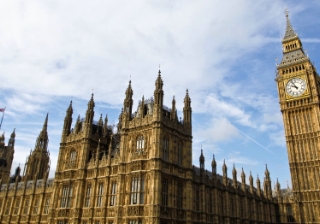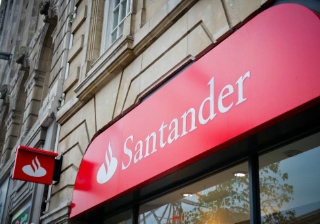The end of the RPI CPI wedge?
Is this the end of the RPI CPI wedge, asks Jonathan Smith, UK Strategic Solutions at Schroders.

Deprecated: trim(): Passing null to parameter #1 ($string) of type string is deprecated in C:\inetpub\wwwroot\2025.financialreporter.co.uk\htdocs\templates\front-end\partials\article_blockquote.php on line 2
What could be changing?
CPI is generally expected to be lower than RPI, so moving to an RPI basis reduces the size (and cost) of inflation linked pensions. However the difference between RPI and CPI - the so-called RPI CPI 'wedge' - has for many (including it seems the Office for National Statistics) been an unwelcome anomaly.
In May last year the Consumer Prices Advisory Committee, a department of the ONS, set up a workstream 'to identify, understand and eliminate' unjustified causes of the gap between CPI and RPI. One year on CPAC has reported that it is making progress towards its goal; the target is to implement any changes by the end of 2013.
Broadly speaking, there are two elements to the RPI CPI wedge:
- The composition of the RPI basket of goods compared to the CPI basket
- How the RPI figure is calculated compared to the CPI figure - often called the 'formula effect'
CPAC is focussing on the latter of these two effects. Some investment banks have estimated the size of the formula effect to be as much as 1%.
What does it mean for UK DB pension schemes?
If the formula effect were to be completely eliminated, a pension scheme using RPI indexation could see its liabilities fall by as much as 10%-15%. Inflation linked assets would also potentially fall in value.
It should be noted that there are a number of hurdles that would have to be overcome before the inflation methodology could be changed; not least the impact on the UK index linked gilt market.
In the absence of compensation, index linked gilt holders would lose out as coupons and redemption payments are linked to RPI. However, some index linked gilts have terms which could mean that the Treasury would have to compensate holders if changes to the inflation calculation method reduce the gilts' value.
This could be a sizable bill for the Chancellor given that the current market value of those index linked gilts is approximately £90 billion. Whether this is actually the case would be largely down to the Bank of England, part of whose role is to protect the interests of bond holders.
Clearly many pensioners with inflation linked pensions would also lose out. There are therefore political, as well as practical, hurdles to overcome before any changes could be implemented.
Conclusions:
Interestingly, the inflation rate implied by the index linked gilts market has fallen markedly since CPAC's update, suggesting that the market has already priced in some of the changes to the inflation methodology.
The extent to which actuaries will reflect any changes in their own inflation assumptions remains to be seen. Ultimately, the impact will largely depend on the amount of inflation linkage in the scheme's liabilities and the extent to which this is hedged by inflation linked assets.
Breaking news
Direct to your inbox:
More
stories
you'll love:
This week's biggest stories:
This week's biggest stories:
MPowered Mortgages
MPowered closes to new business amid potential sale

FCA
FCA bans and fines adviser £100,000

Budget
Reeves lays groundwork for tax rises in surprise pre-Budget speech

Santander
Santander reduces mortgage rates by up to 0.36% and launches new large loans

Pensions
Budget rumours drive 45% spike in pension lump sum enquiries

HSBC
HSBC launches 6.5x income mortgage range
